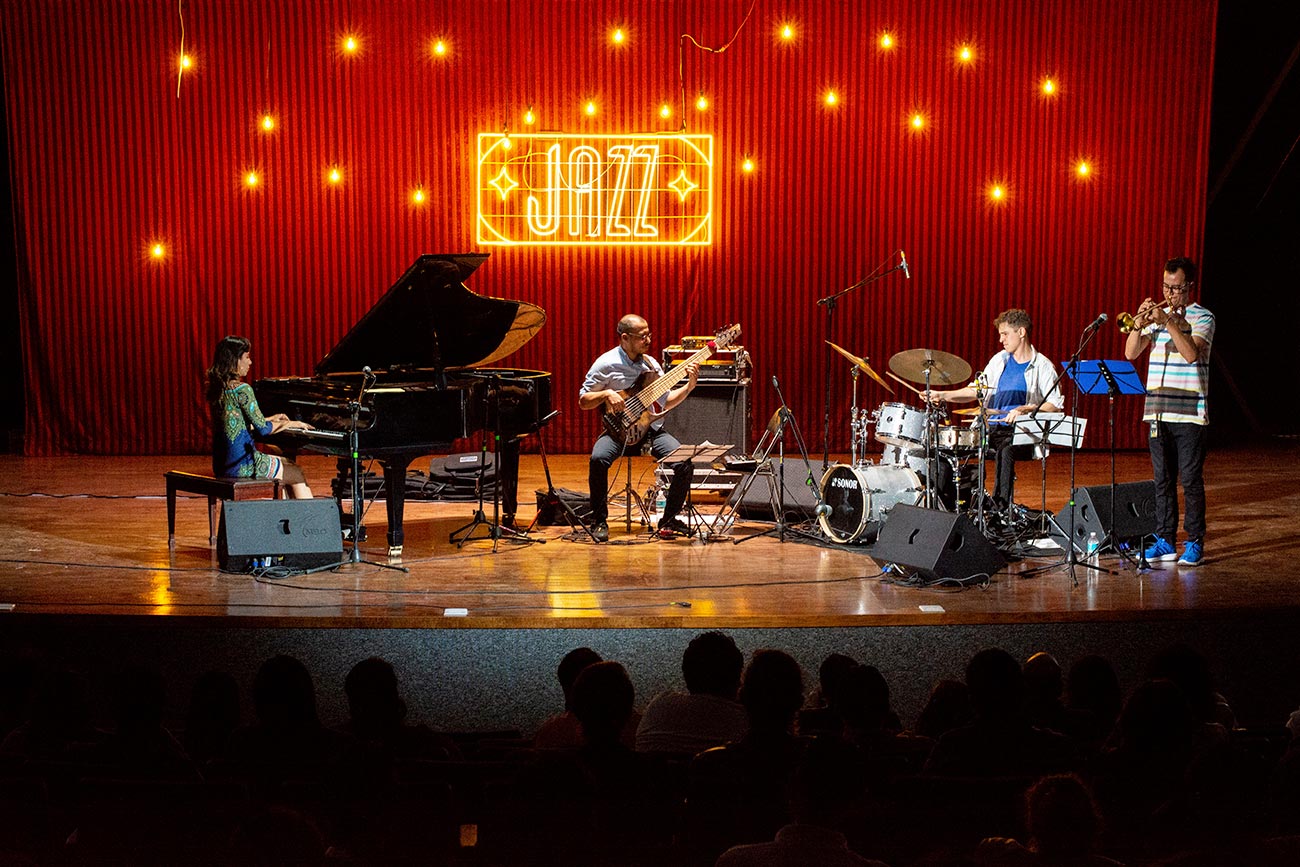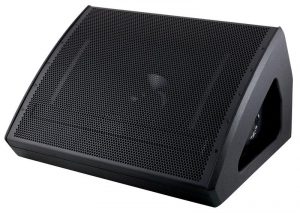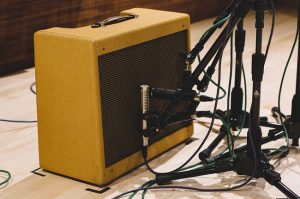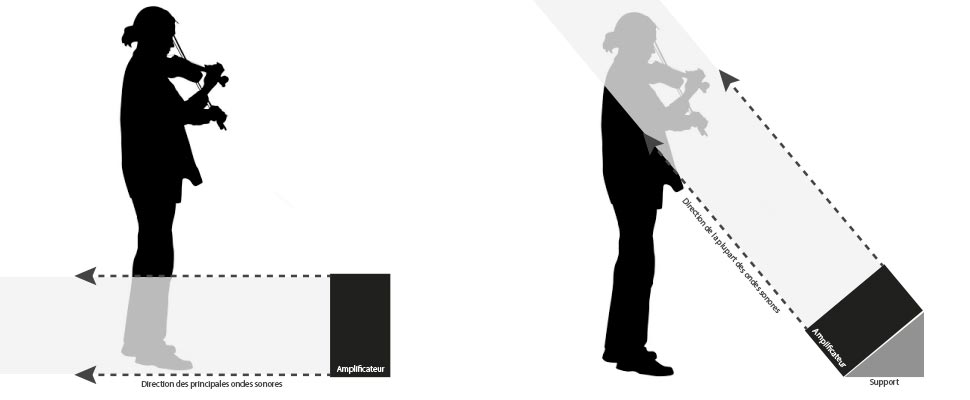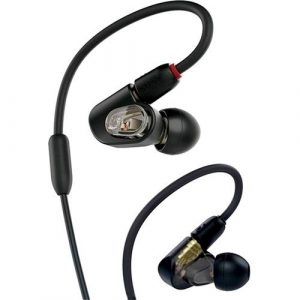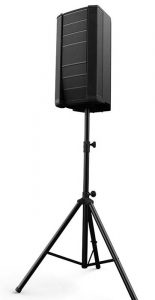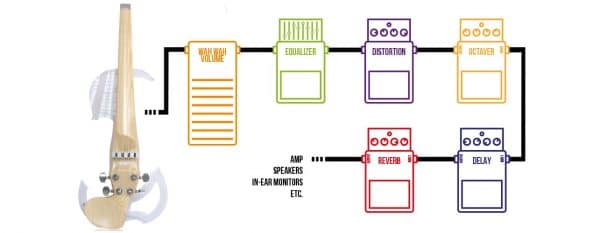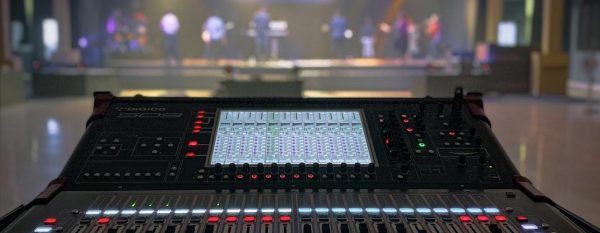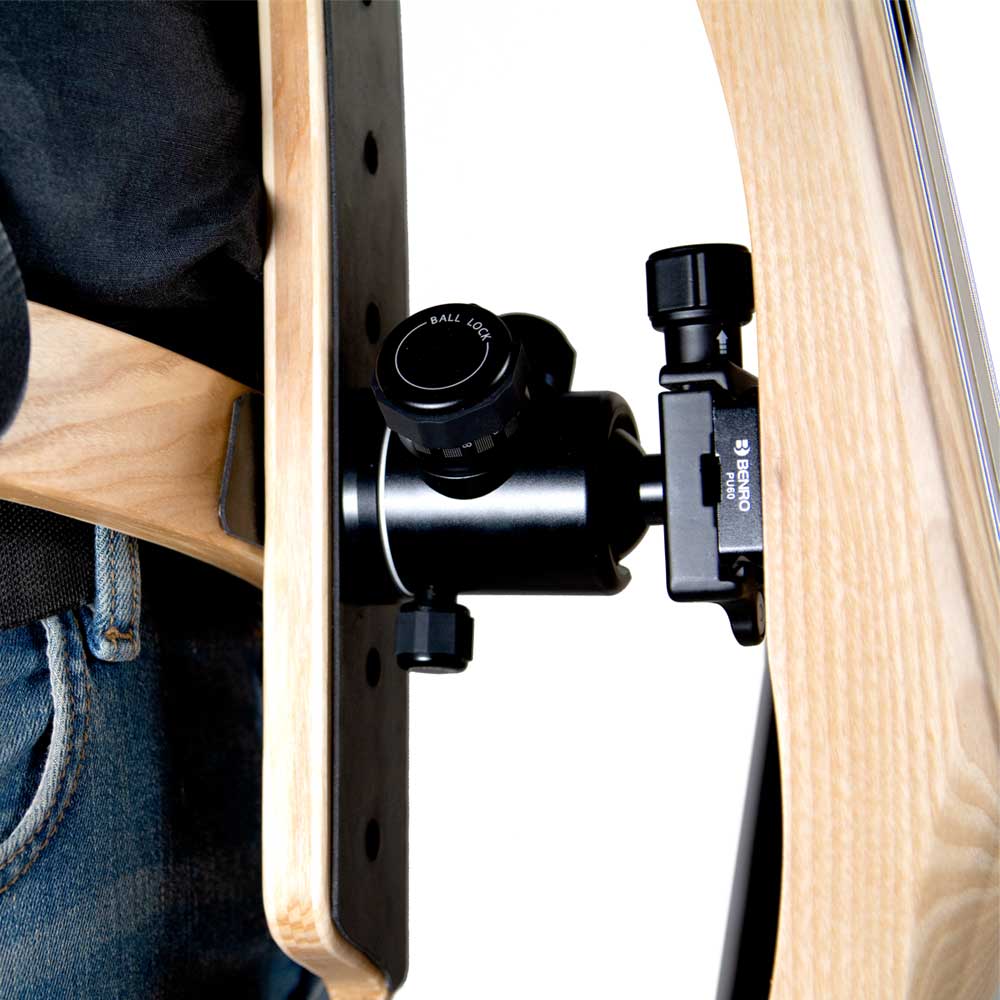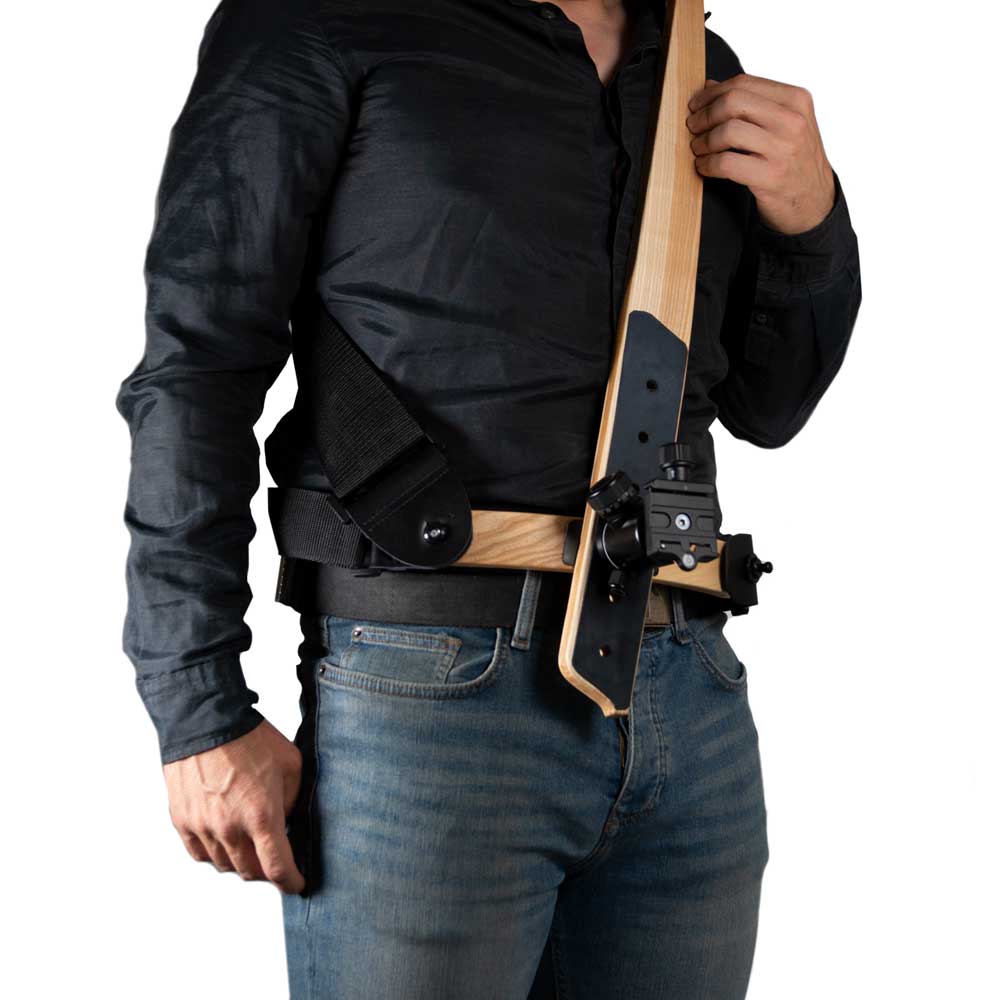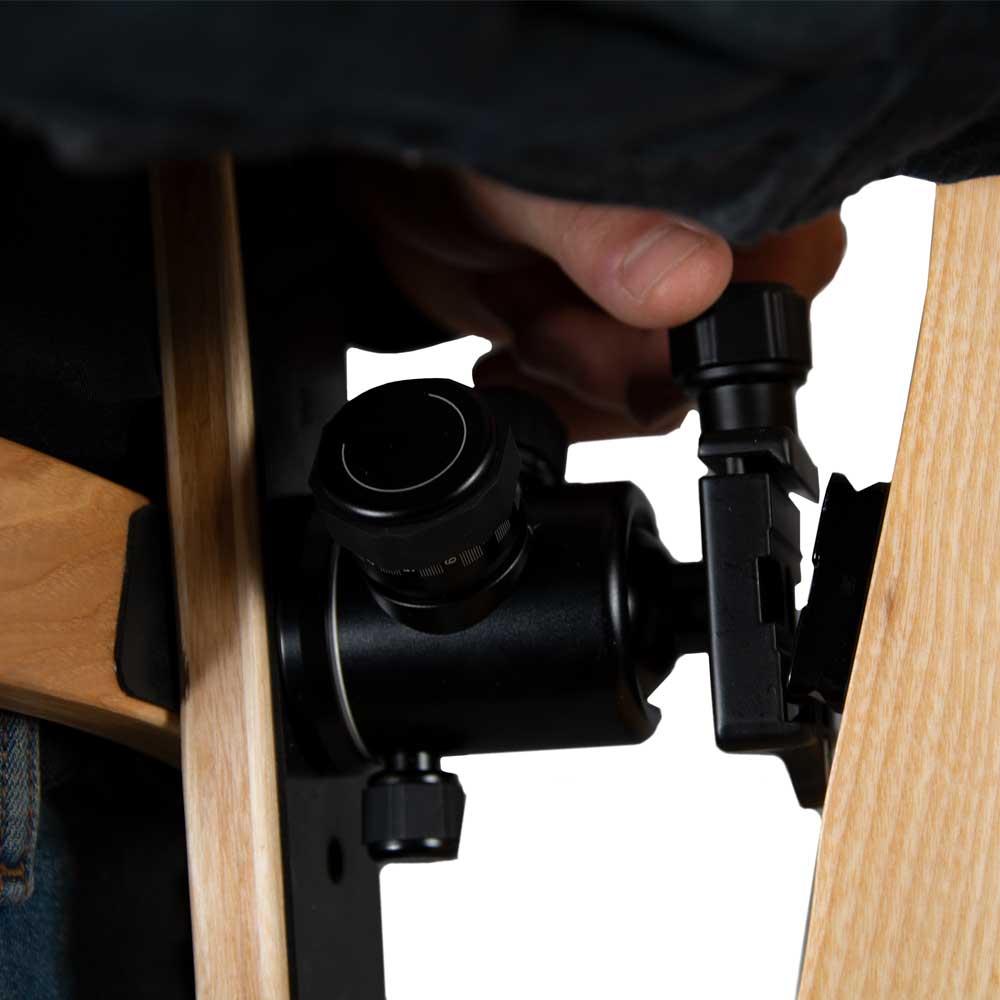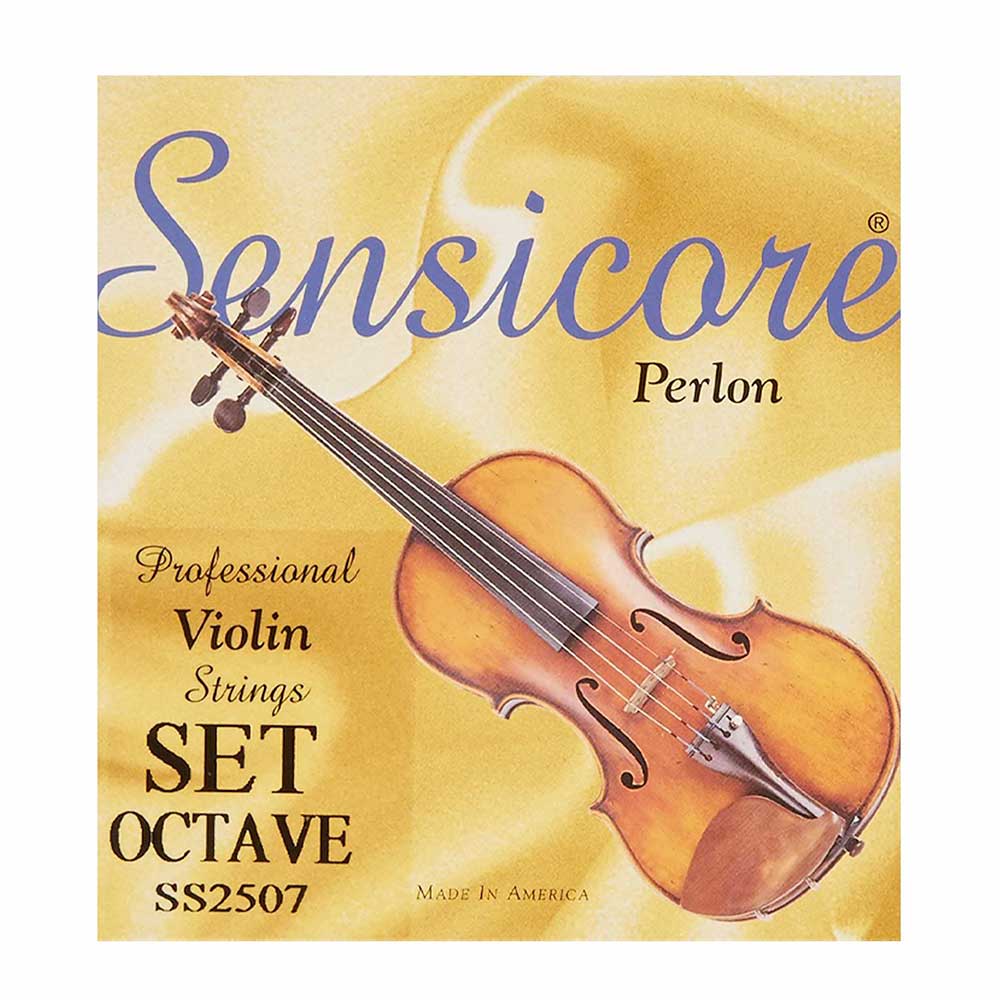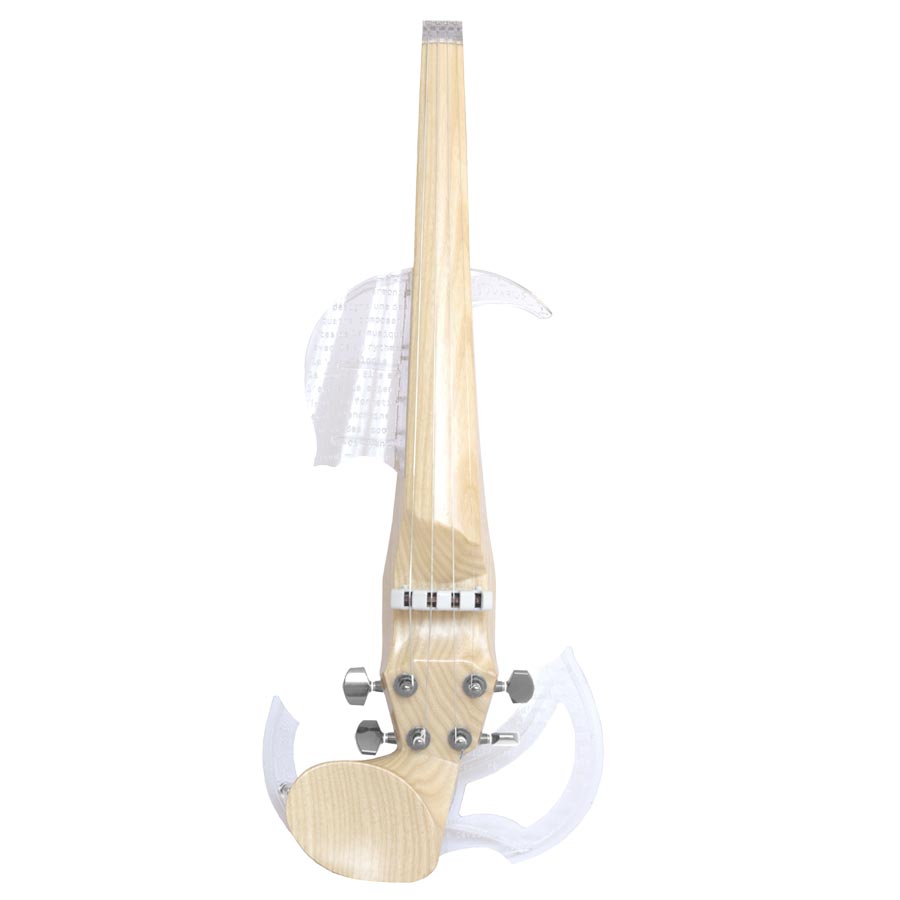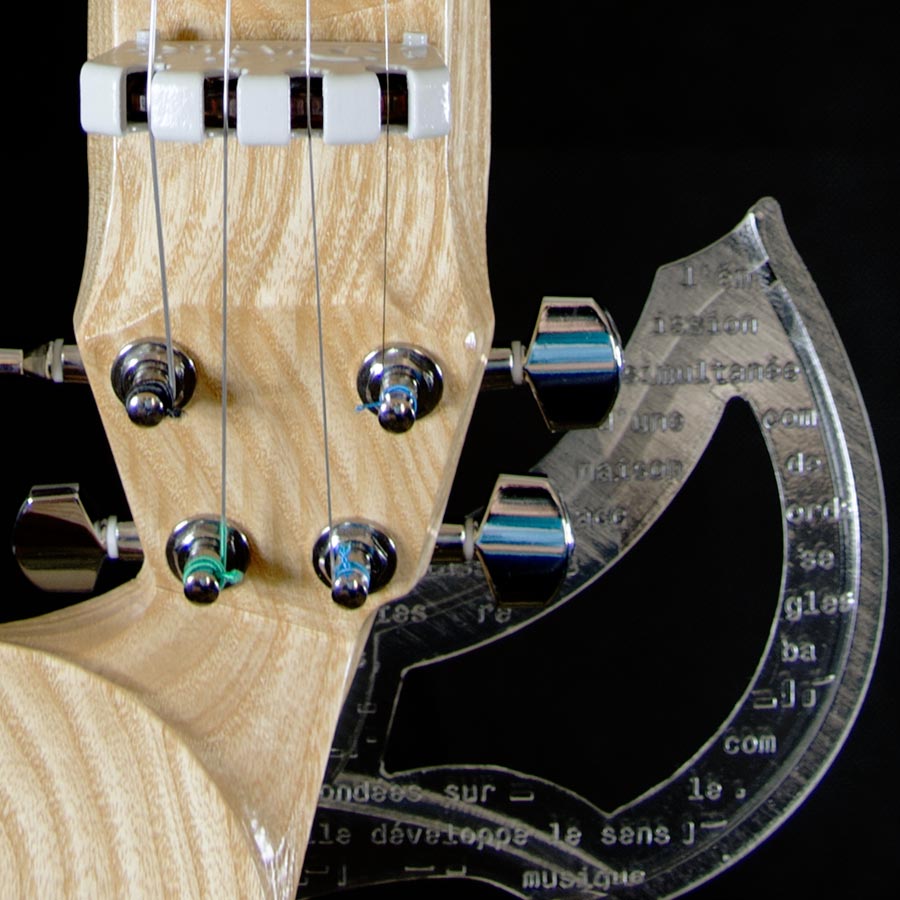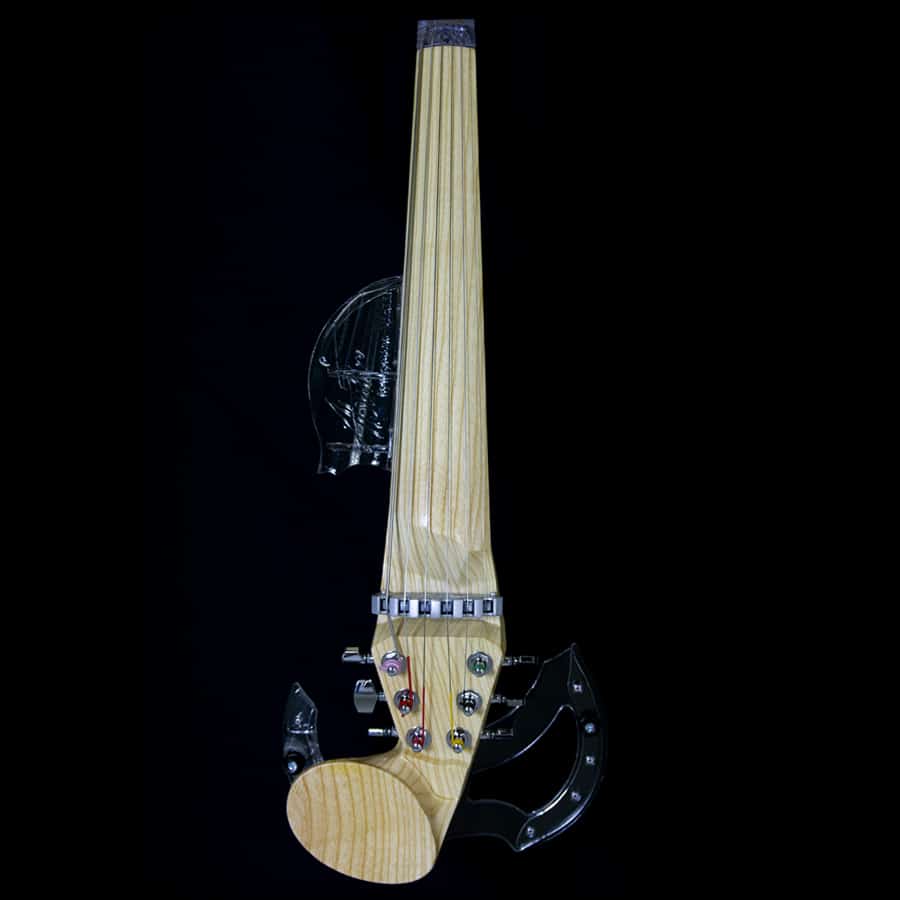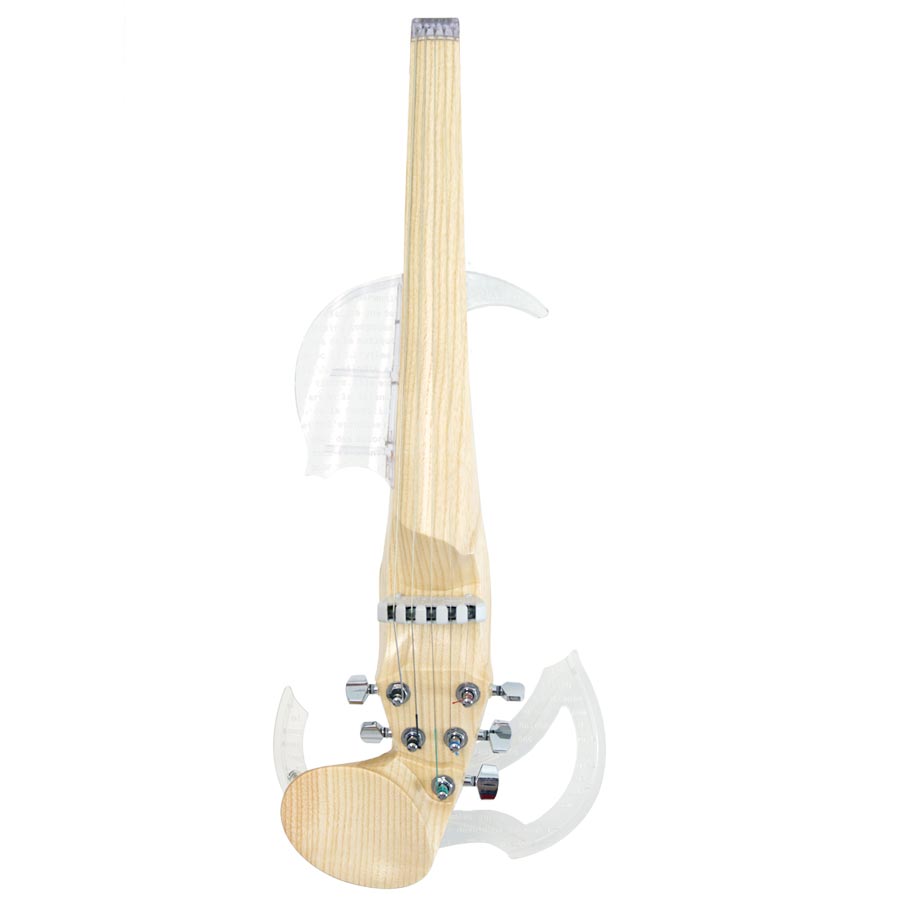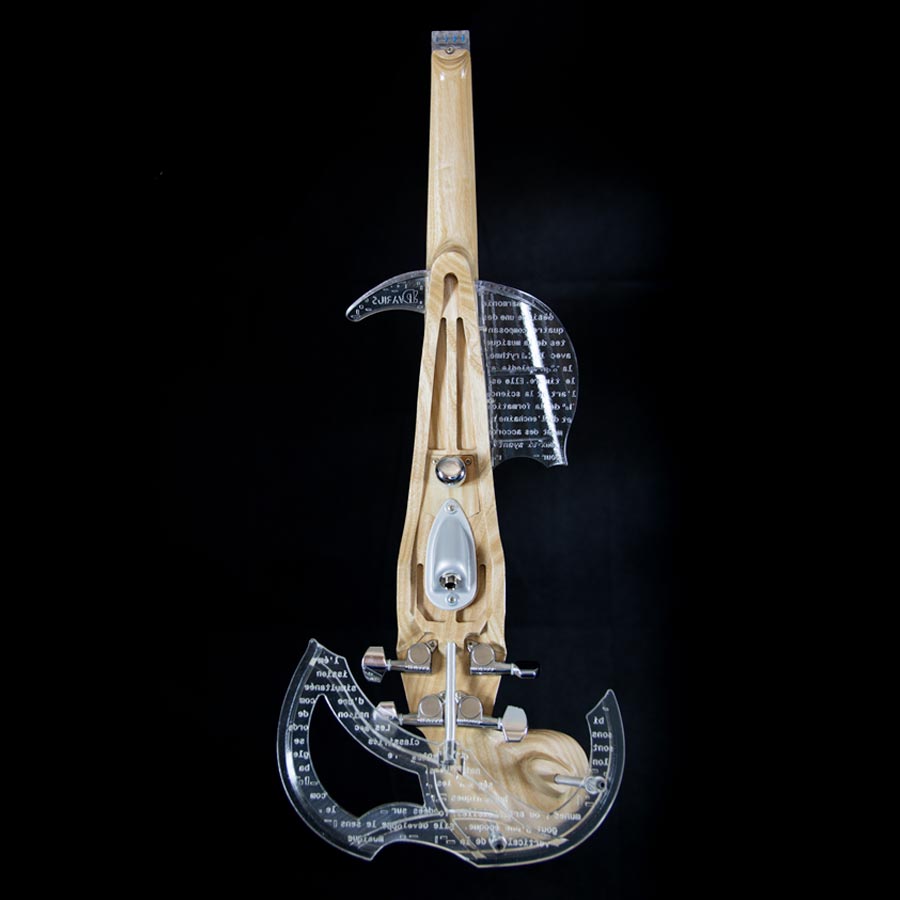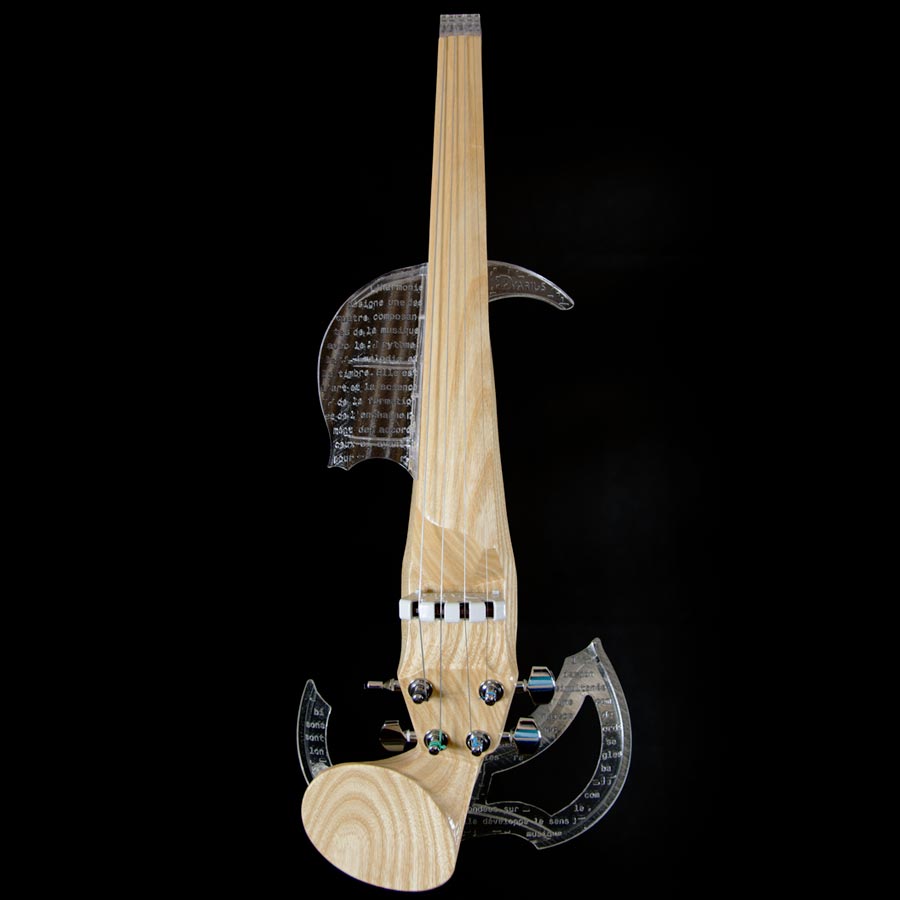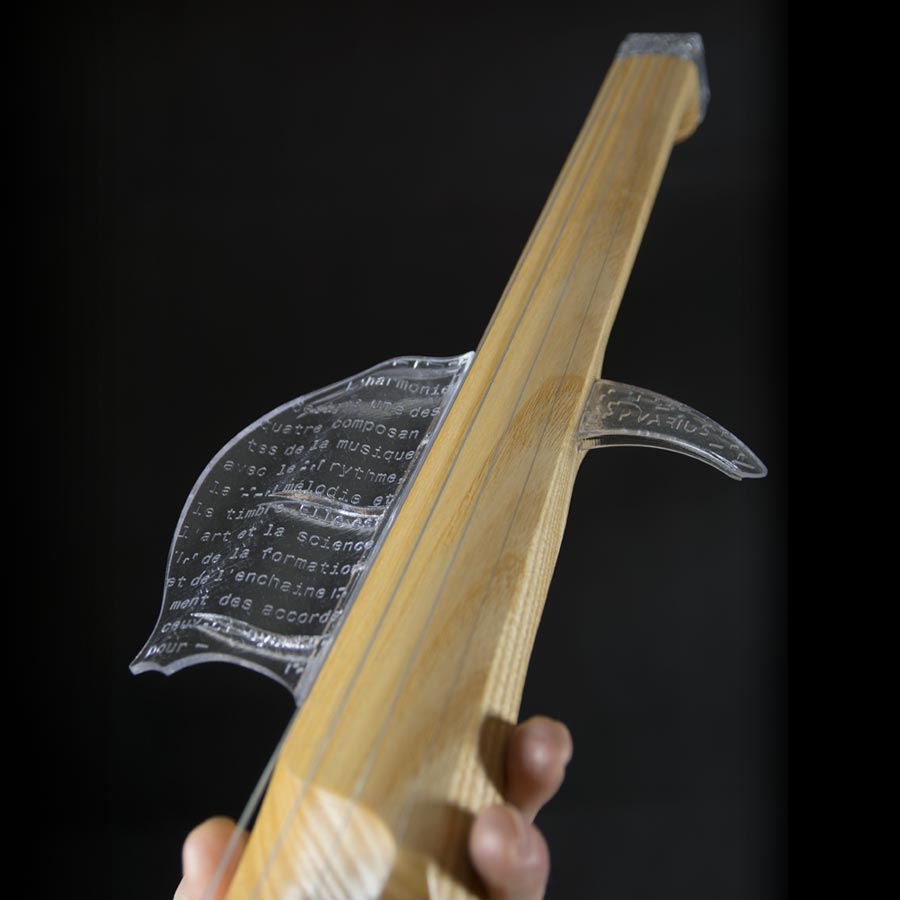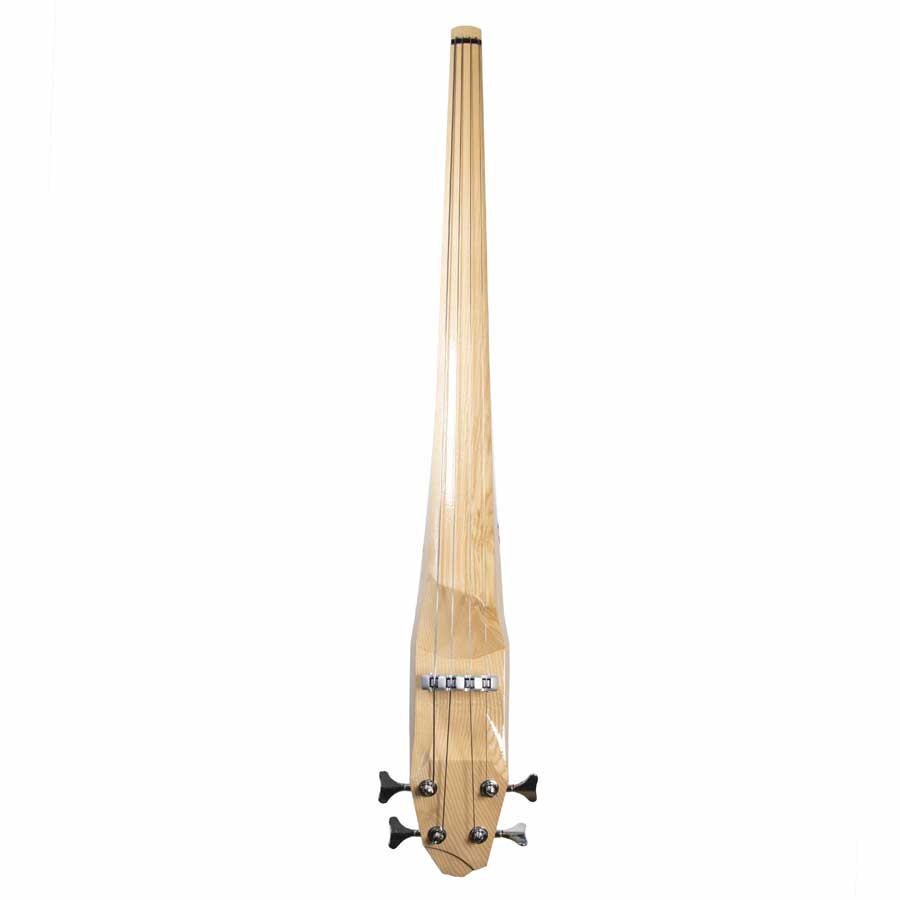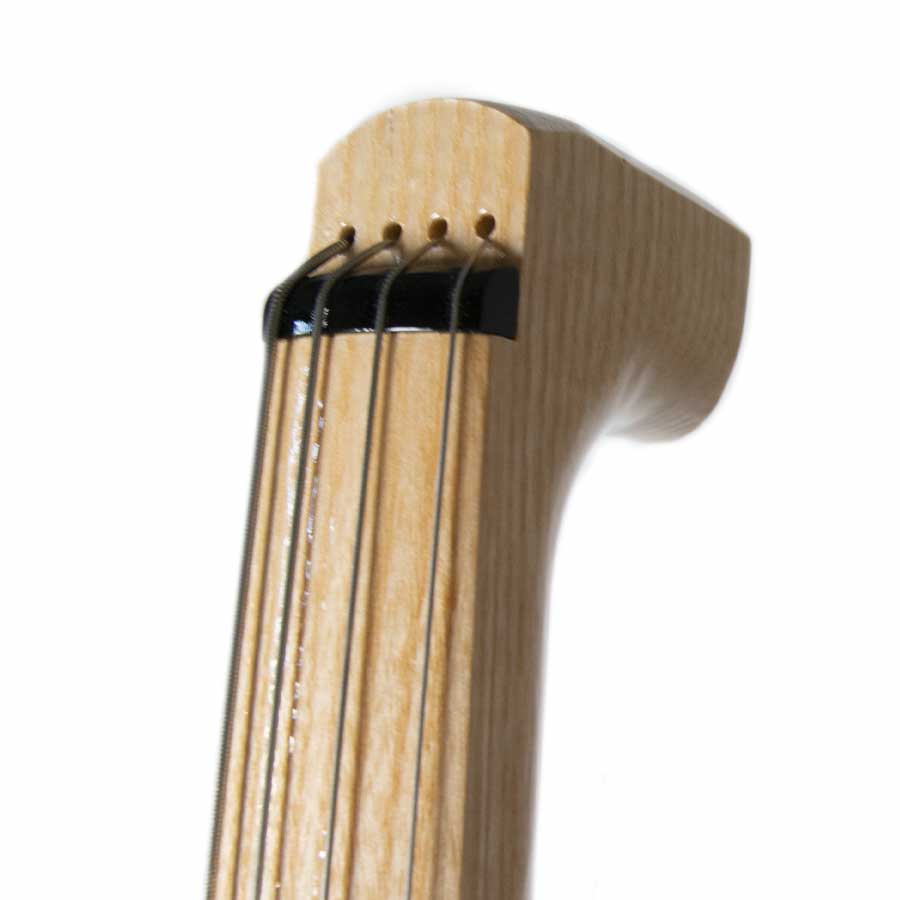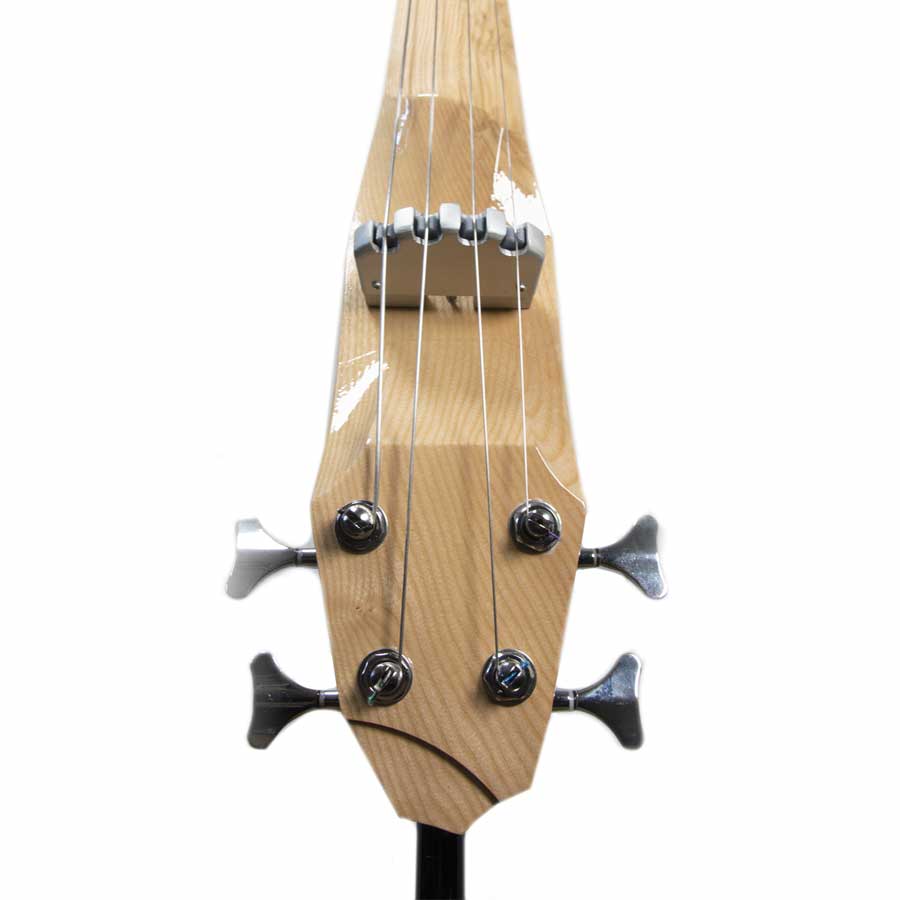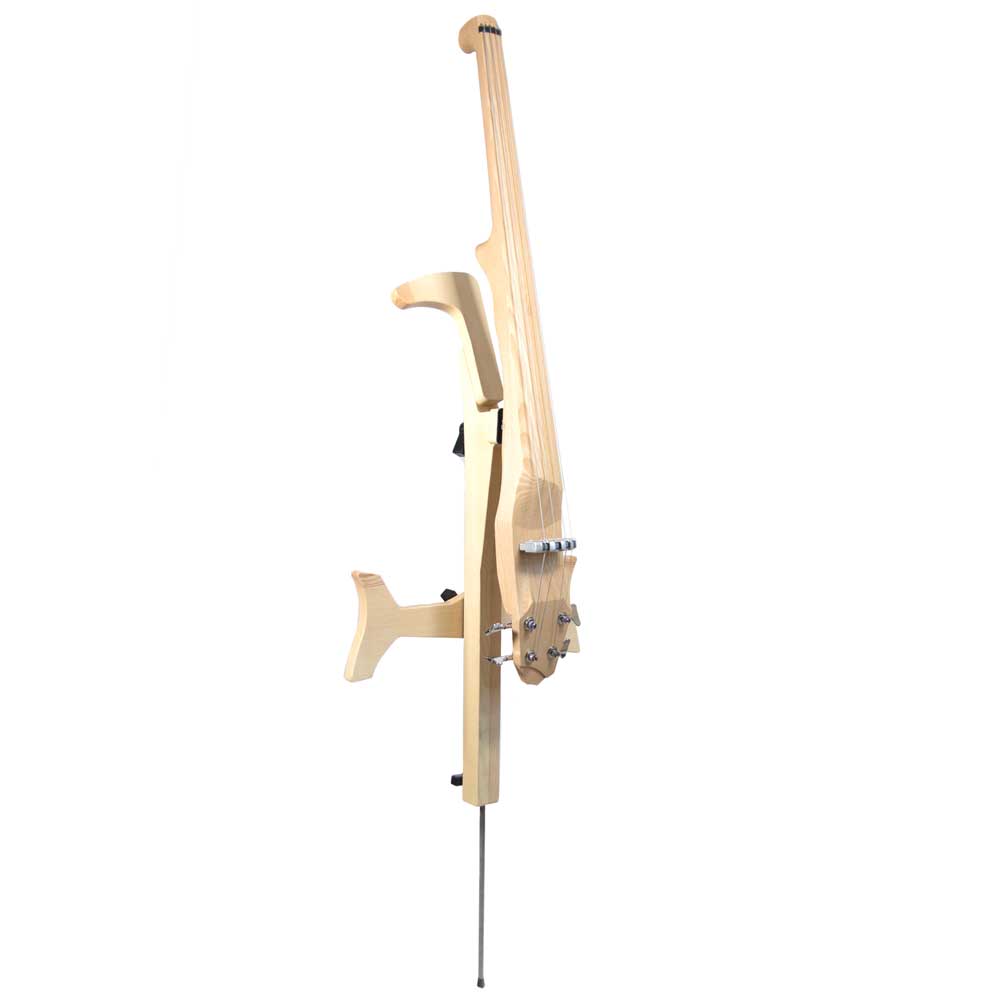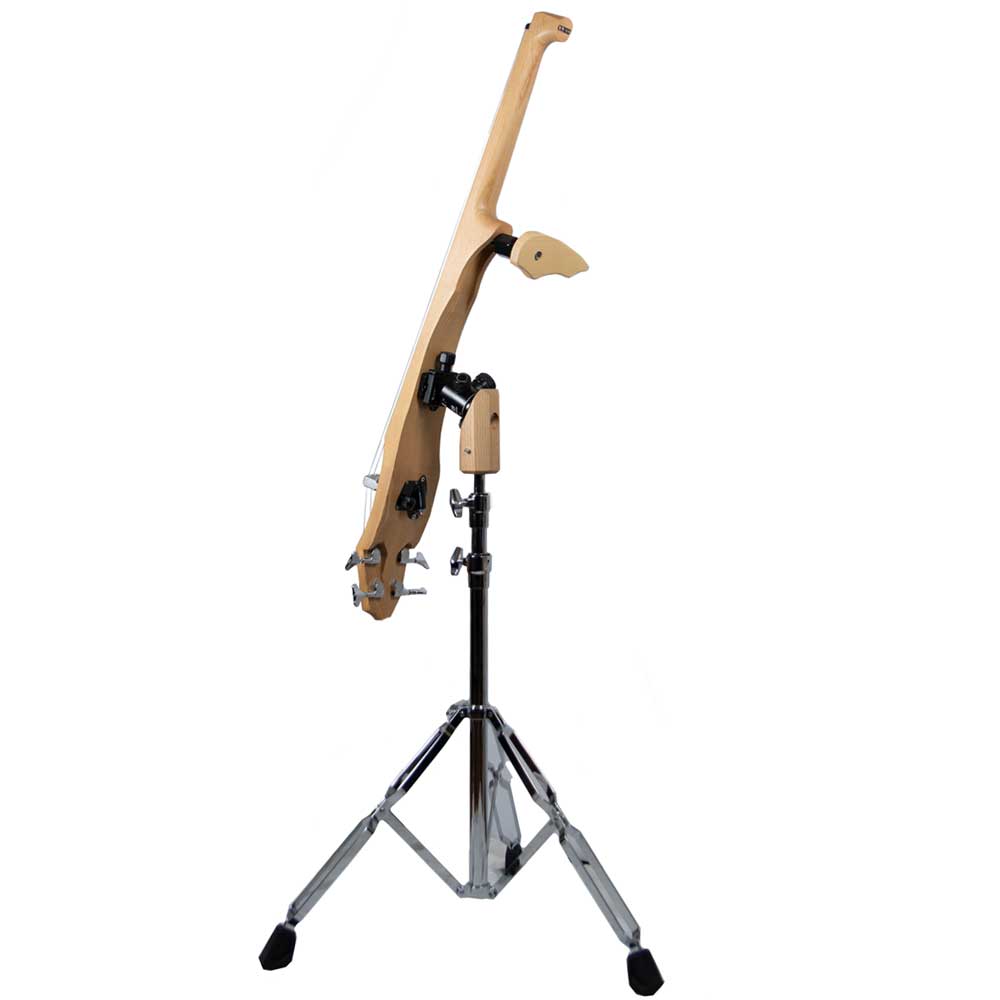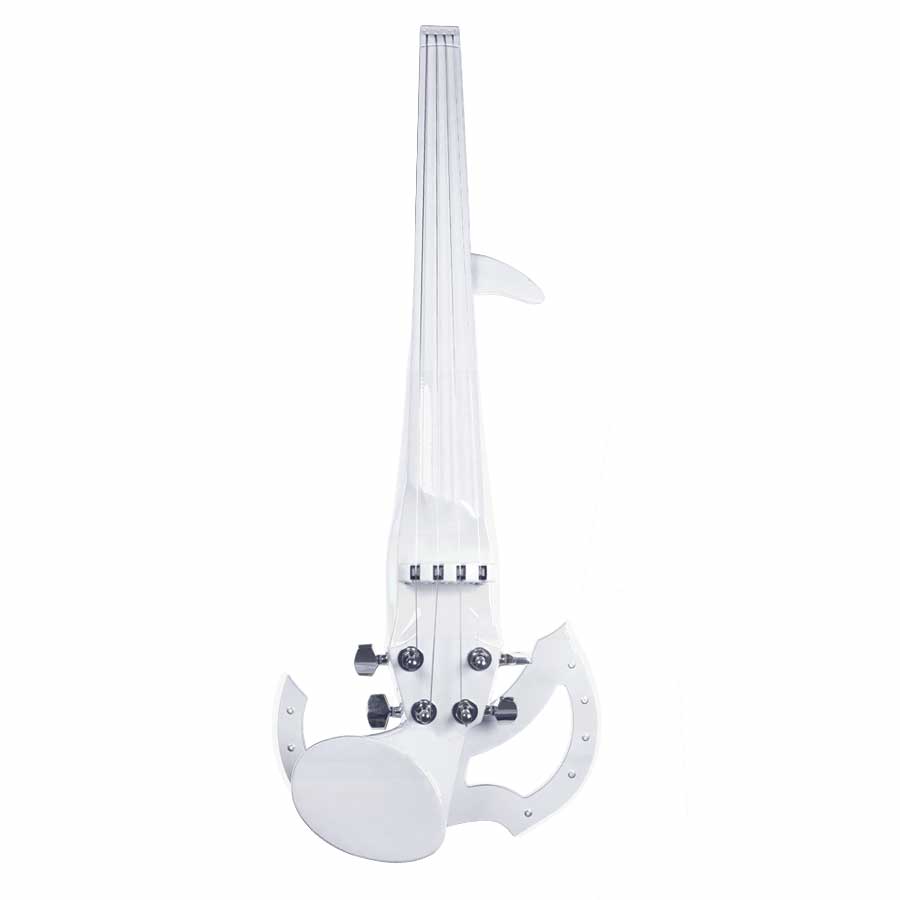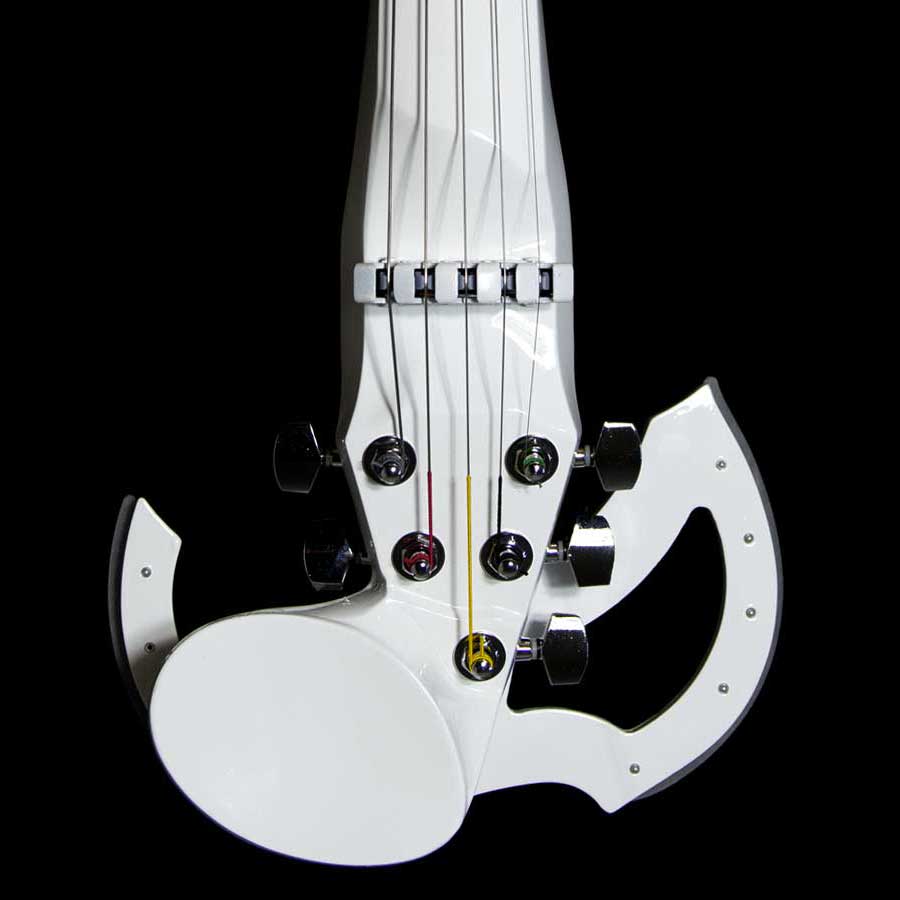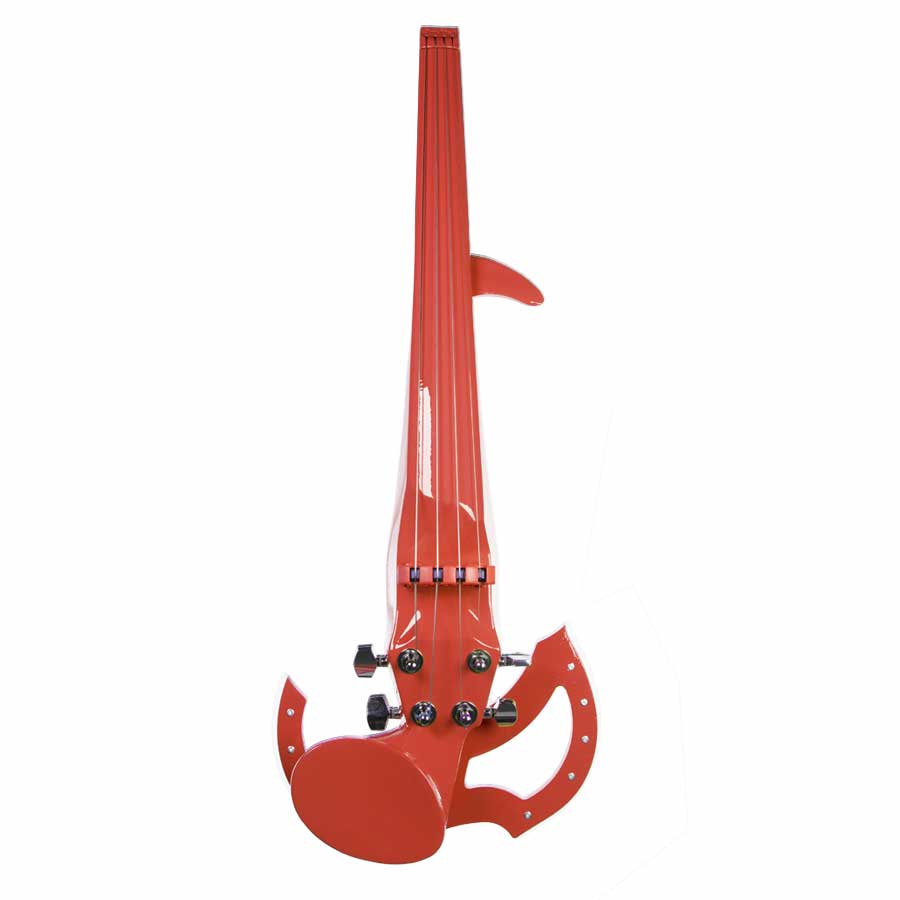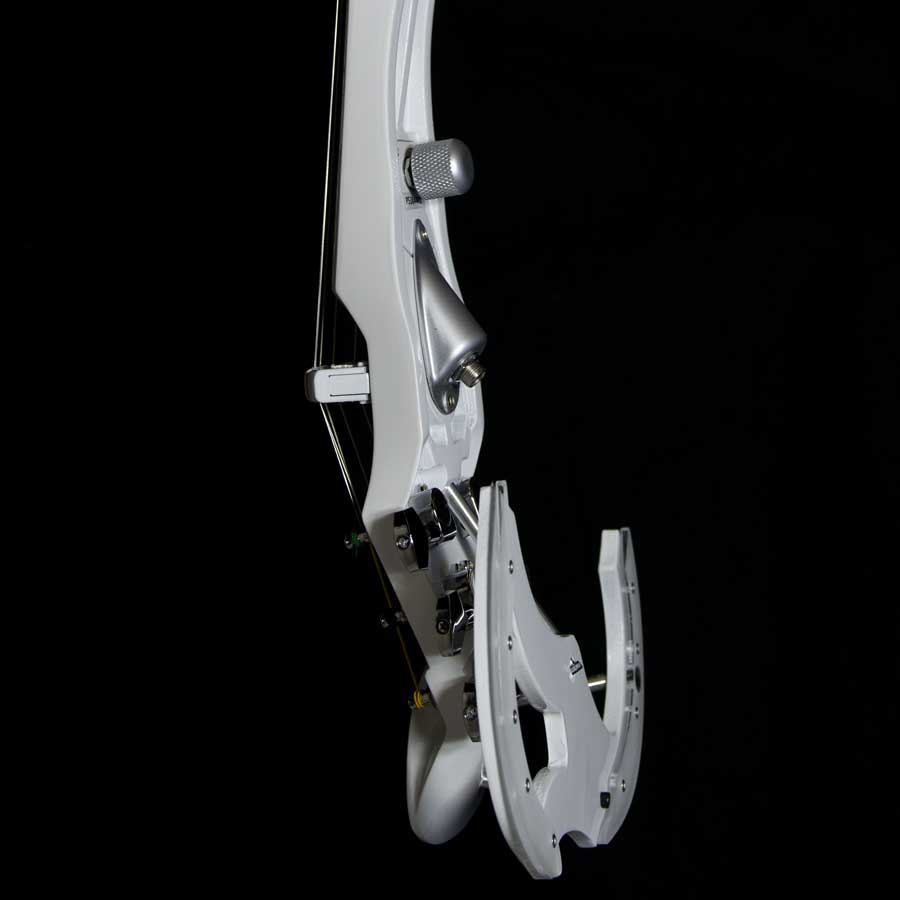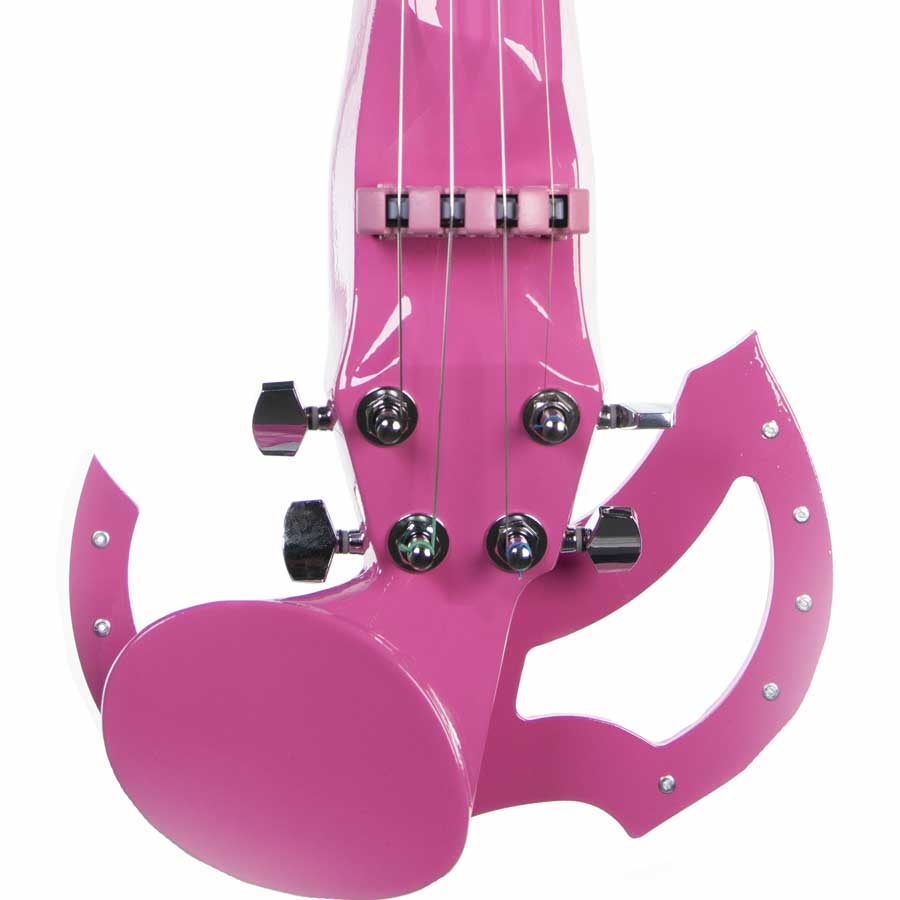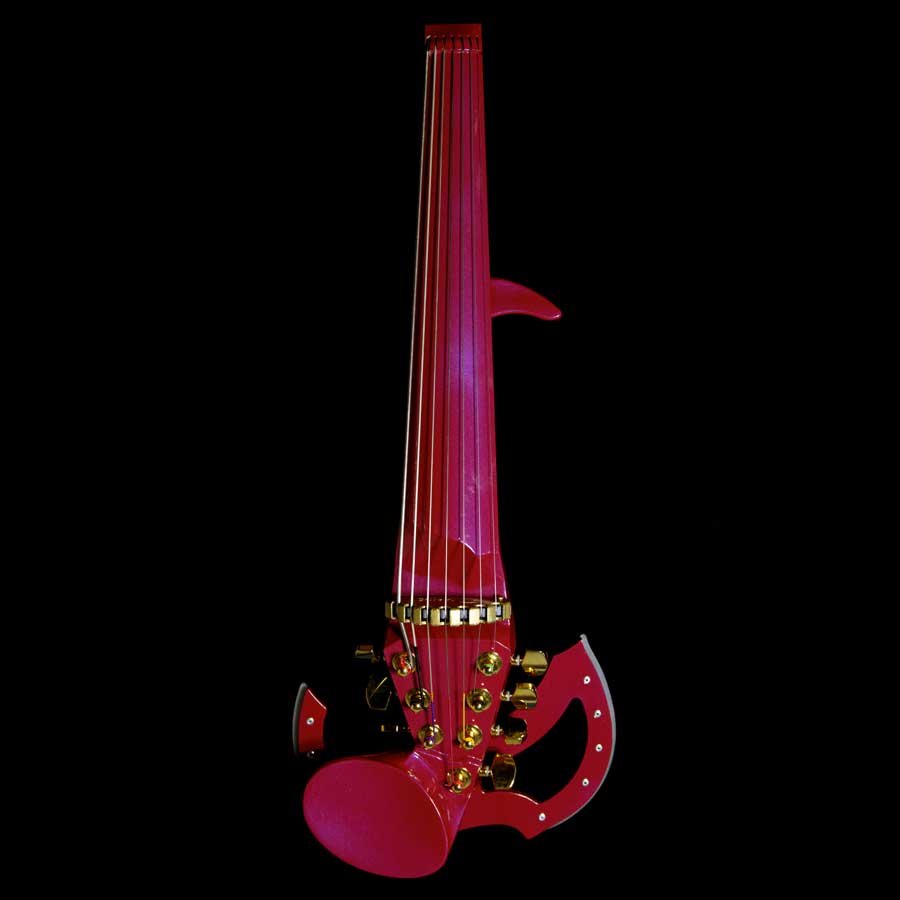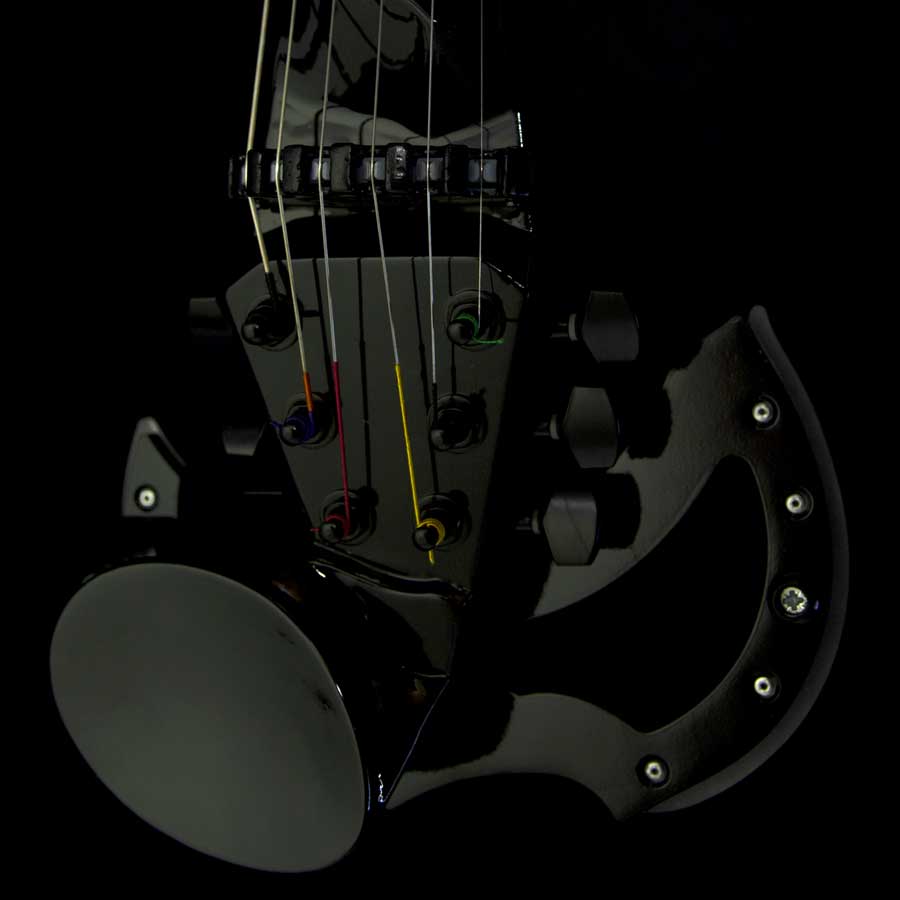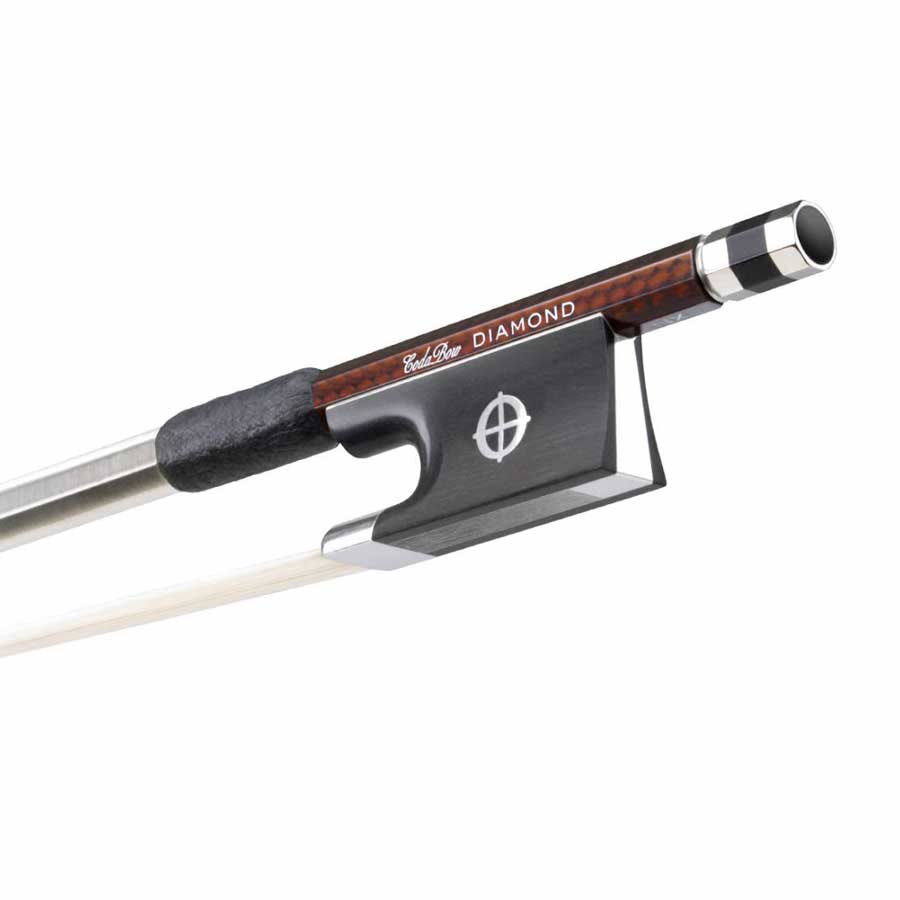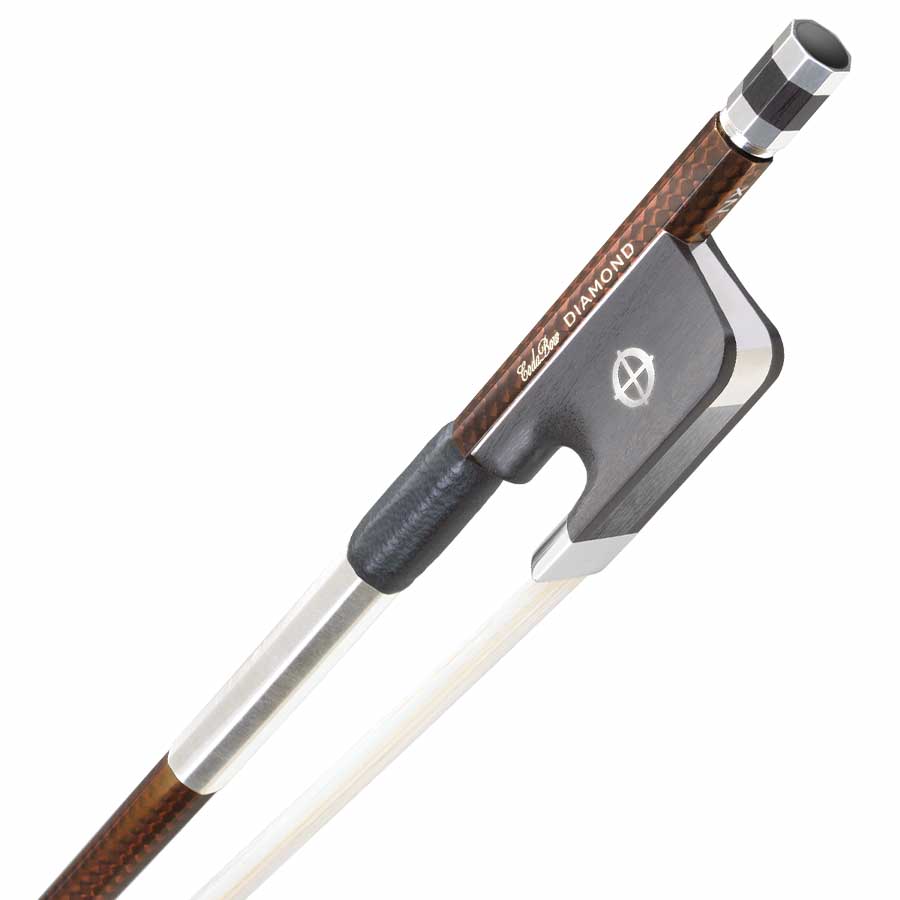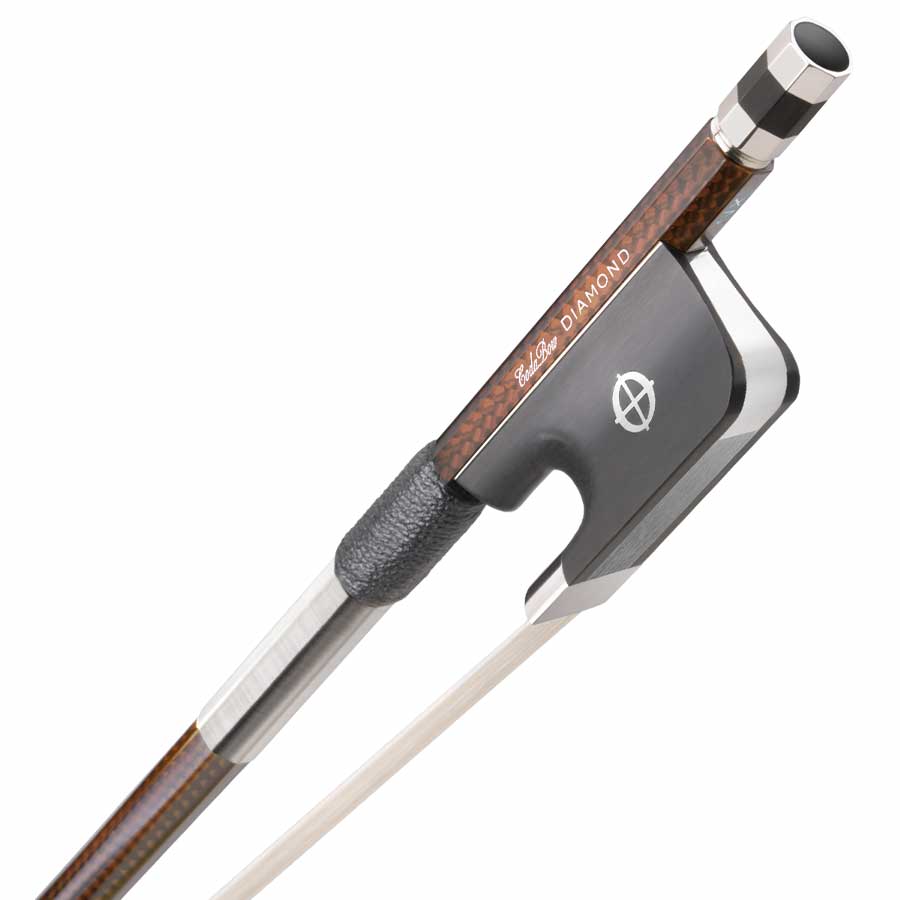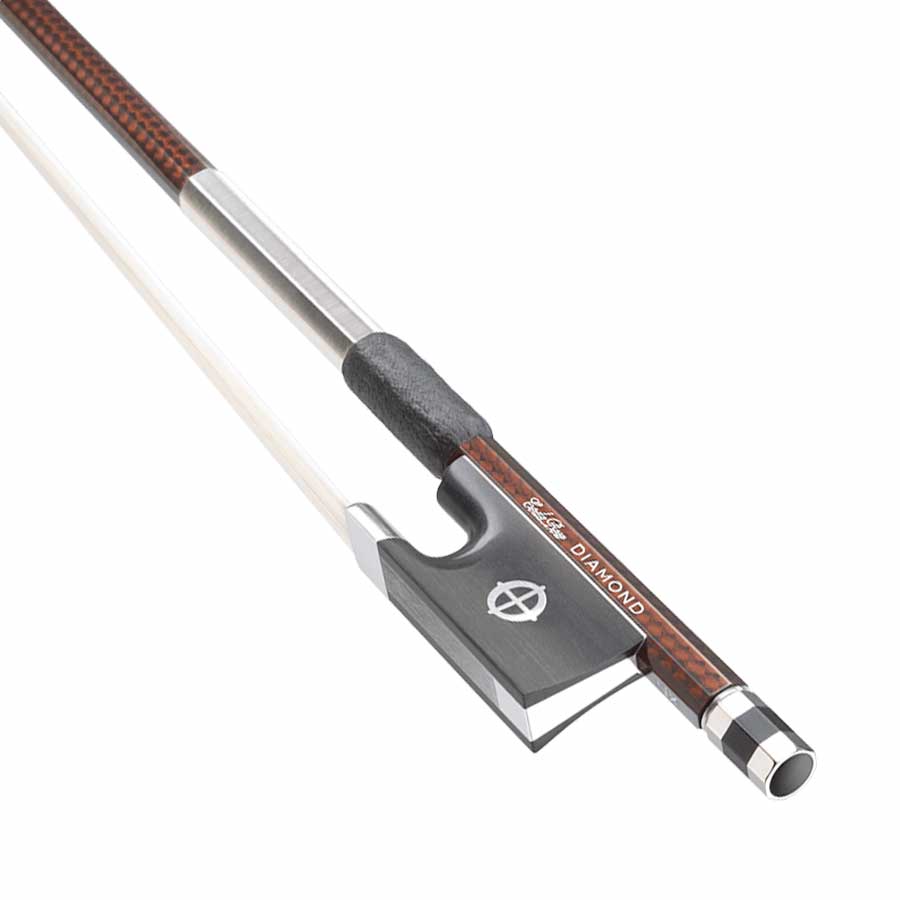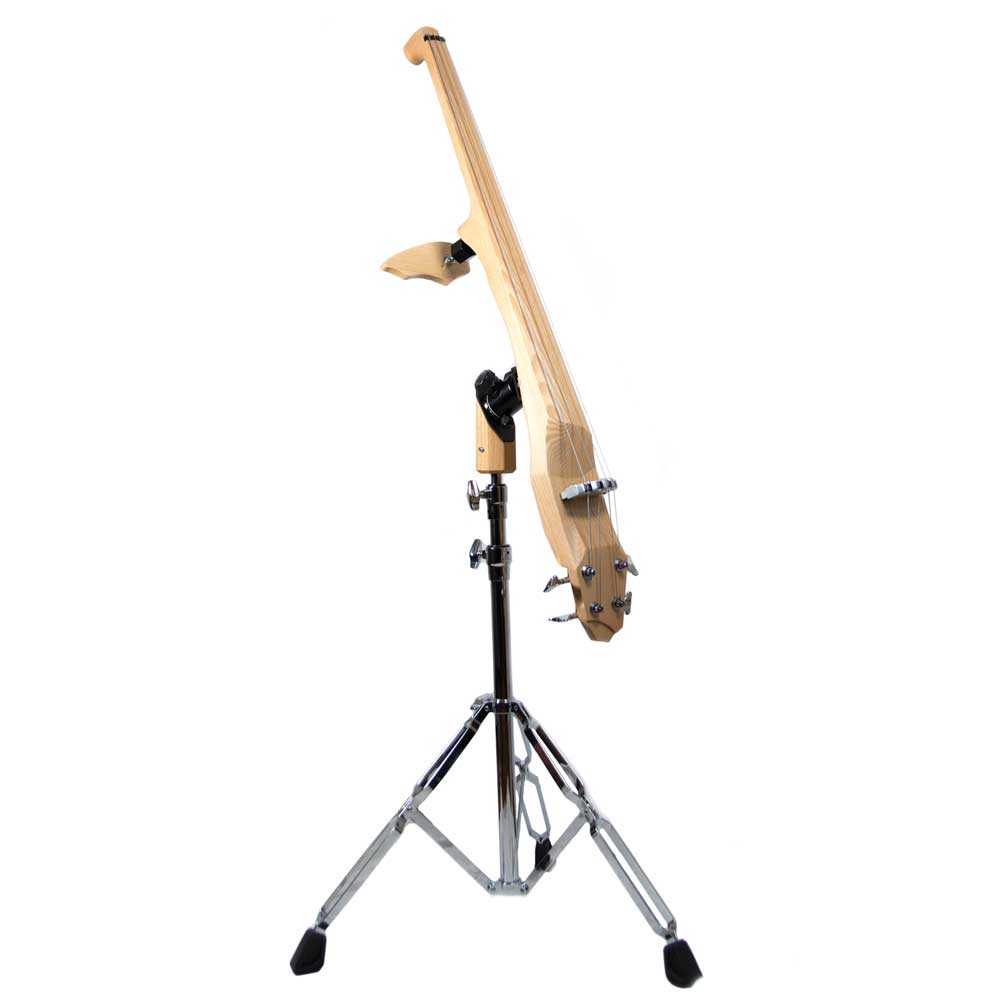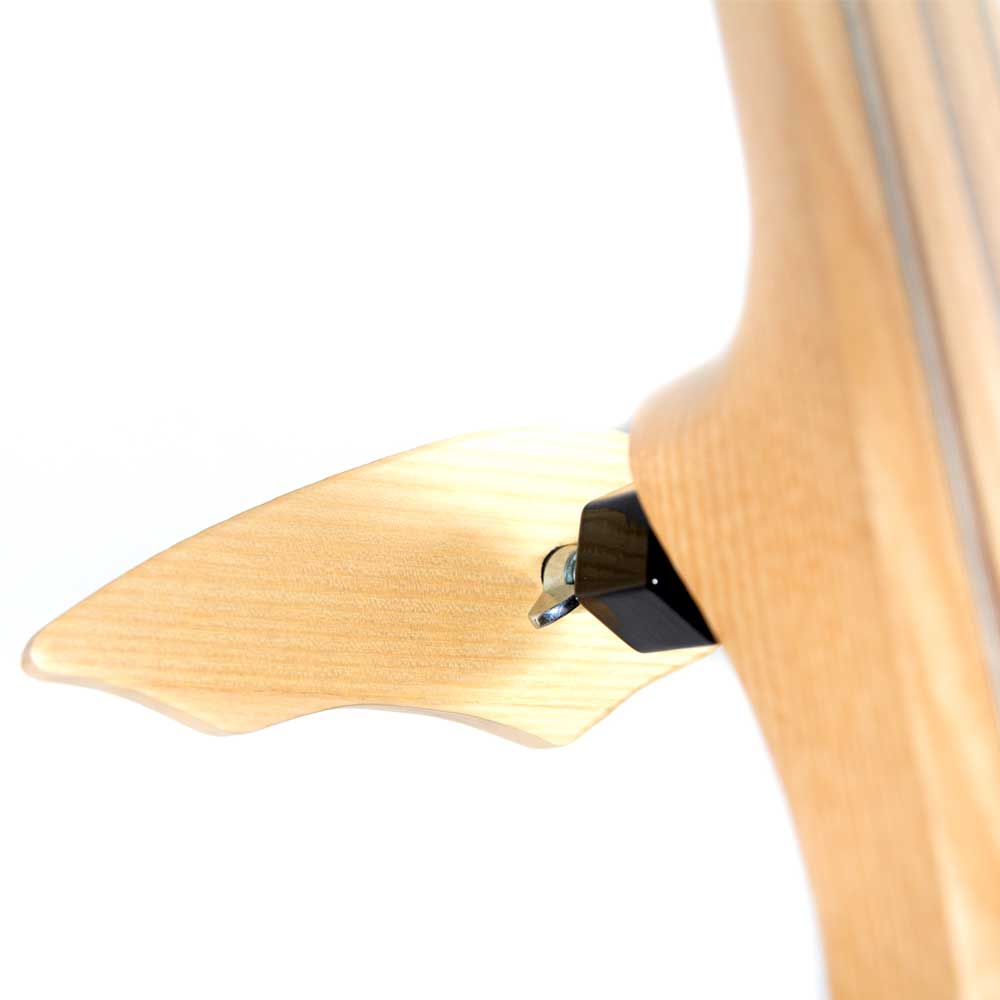When performing on stage, musicians and singers need to hear themselves play and/or sing to be able to sound as a unit. Without a monitor, it is impossible for them to play in tune and in rhythm, which will significantly compromise their performance.
This is why each musician must have a dedicated monitor. This allows them to hear what they are playing as well as what other musicians are playing. Of course, perfect sound conditions are very rare on stage. It is often necessary to build them with the available equipment and according to the venue (no monitors, indoors/outdoors, high levels of reverberation, echo, etc.)
To be able to hear themselves on stage, musicians can consider the following options:
- floor monitor speakers
- one or more amplifiers
- in-ear monitors
- Tripod-mounted speakers (not ideal, but better than nothing)
- the venue’s sound system ☹ (yes, it shouldn’t be counted. But sometimes you have to!)
Be aware that this article refers to the stage monitors intended for the musicians, and not to the front-of-house sound system which is intended for the audience.
Key points you should consider when choosing your monitors
Sound power
Logically, it’s not really up to the musician to determine how much sound power he’ll need for his monitors. It’s up to the sound engineer to do that. After all, he’s the person in charge of the sound system for the stage and the audience. Unfortunately, you can’t always have a sound engineer at your disposal and it is very common to see the musicians fix the sound themselves.
First of all, you have to analyze the conditions under which you are going to play:
- a quiet place (a church) vs. a noisy place (a bar)
- the size of the stage
- the number of musicians involved
- the number of people in the audience
- indoors vs. outdoors
- the style of music played (more or less bass)
- power required vs. power desired
- and so on
Don’t forget that the louder your monitors are, the louder your fellow musicians’ monitors will be too. Everyone will try to hear themselves the best they can! What you should avoid is creating a full-scale cacophony on stage. This would prevent all musicians from hearing each other properly and would affect the front-of-house sound. The golden mean is always tricky to find.
The direction of the monitor
Each monitor must point towards the musician who is using it. Placing a monitor on the floor does not mean that it will be perfectly audible. You must take into account the direction of the sound waves. Too often, stage monitors are directed towards the feet: hearing happens in your ears, not in your feet!
Check that the monitor is rotated on your axis, then check that it is aimed at your upper body. If necessary, adjust its position and height.
Lastly, try not to encroach on the space of the musician next to you. Overlapping the sound waves of your monitors can degrade their audible sound. Ultimately, the sound from your monitor will be ruined by the monitor of the other musician, and this will make your job more difficult.
What kind of monitor(s) should I choose?
Floor monitor speakers
Floor monitor speakers are the most common type of monitor. They are usually placed on the floor and directed towards the musician.
However, there is one small thing you should know about this type of speaker: their shape and position induce a direction of sound that is often misunderstood by musicians. If a musician does not hear himself correctly, his natural reflex will be to ask for more power or come closer to the speaker thinking that he will hear better. Yet, you have to take into account the direction of the sound waves that are being produced.
When a sound engineer is placing this type of speaker for you, consider analyzing the direction of the waves according to the position of the speaker, your position on stage, and your size.
Advantages
Floor monitor speakers have the advantage of being connected to the mixing console. The sound engineer can therefore make a mix for each of them. This mix is made at the moment of the balance. Each musician will have the possibility to ask for more or less guitar, drums, violin, etc. and will hear only what he needs. In fact, the musician will be able to create his own mix by adjusting the volume of each instrument.
Here is a performance by Daniela Padrón and her musicians where we can see that each musician has his own floor monitor speaker.
Disadvantages
Each musician will have his own return and his own mix. But the more musicians there are, the more floor monitors there will be and the more the sounds will overlap. This can create a hubbub on stage… Therefore, you have to find a good balance between getting along with each other without disturbing your fellow musicians.
Once the concert has started, asking the sound engineer to modify your mix or increase the loudness of your monitor will be complicated. You’re not the master of these settings, he’s the one who will manage all these aspects from his mixing console.
An amplifier
It’s the simplest option. But not the best one for several reasons.
Advantages
Being a musician, you already have an amplifier at home. So it’s a piece of equipment that you can use for a concert.
The amplifier will be next to you during the concert. It is therefore very simple to approach it to increase or decrease the volume.
Disadvantages
You will only hear yourself! Unlike a floor monitor speaker, it will be impossible for you to obtain the sound of the guitarist or bassist and hear what they are playing…
Remember to check the output power of your amp and make sure it is sufficient. If the amp is very powerful, you should have no problem: turning down the volume should not be a problem. However, if the power of your amplifier is lower, you will have to “push” it to the limit. Pushing an amplifier to its limit is not recommended, as it may result in damage to the equipment.
Besides, it’s one more item you have to carry with all your equipment (musical instrument, effect pedals, cables, personal belongings, etc.) And you know that an amplifier weighs a lot, very much indeed! It certainly is the essential equipment of the musician people hate to carry.
And lastly, the amplifier is not ideal because once it’s on the ground, the sound waves emitted are directed right in front of the amplifier, which means that they are facing the ground (and not your ears). With the surrounding hubbub, the monitor will be less audible, which may force the musician to increase the volume… Except that if he increases his volume, the other musicians will do the same and, in the end, you will hear an absolute cacophony.
The little trick consists in tilting your amp slightly in order to place it towards your ears. The sound waves will then move upwards. Make sure it stays in that position. Amplifiers are very sensitive when it comes to falling down…
In-ear monitors
In-ear monitors are earphones that the musician can use as monitors. They allow musicians to receive their audio directly into the ears. Not all musicians like them because they are not always comfortable and because they partially distract the musician from his experience on stage.
Advantages
In-ear monitors help to moderate the sound power produced on stage and thus limit the risk of feedback. Of course, this only really works if all the musicians on stage are using ear monitors. This is rarely the case! However, if a few use them, it will certainly limit the sound power generated on stage. The sound engineer’s task will also be much easier.
They are also a significant asset for all instruments that are less “noisy”. If the violinist is positioned next to the drummer, he will appreciate the ear-monitors because he will be able to hear himself more clearly. These earphones are also very useful for singers who no longer need to shout to hear themselves. They improve their accuracy!
These earpieces isolate the noise produced by all the speakers and indirectly protect your hearing. They do if, of course, you don’t crank up the volume directly into your ears!
Read our article about what hearing protection options are there for a musician?
Last but not least, it is very easy to increase or decrease the power output while being on stage. Which is a real challenge if you use floor monitor speakers, because you’ll have to wave to the sound engineer located at the far end of the room!
Disadvantages
The sound atmosphere of a stage is linked to the sound power, the reverberation of the sound through the room, the perceived vibrations, etc. However, ear-monitors will suppress the travelling of sound in the air which can distort the sound you hear.
In ear-monitors will not allow you to create a mix consisting of the different instruments. You will only hear your own sound!
Tripod-mounted speakers
These are classic monitors, also called “sidefill”, which are mounted on a tripod and placed off to the sides of the stage. Very often, they look identical to floor monitor speakers, apart from the fact that they are placed on a tripod.
They are not really used as a monitor. Usually, when a band uses this type of speaker as a monitor, it’s because they’ve also been asked to handle the front-of-house sound because the venue didn’t have one. In this case, they will be positioned behind the musicians and will have a double purpose: providing sound for the stage area and the audience. This means that you will not be able to create a mix per musician. You will have to work your way around with the front-of-house sound!
If you use sidefills as front-of-house speakers and at the same time as monitors, try to position them in a way that both you and the audience can hear them. Avoid directing the sound waves towards the microphones to avoid feedback and placing a musician next to the speaker itself, otherwise they will need excellent hearing protection! 😉
Worst-case scenario: the venue’s overall sound system
If a venue manager tells you that there will be no monitors on stage… You’d better think again! This means that the organizer is not fully committed to your performance or knows nothing about music. Playing on stage without monitors is a real challenge, and certainly not a fun one!
You won’t get any direct sound, only the reverberation of the venue’s sound system. So, there may be a slight time lag between what you play and what you hear. Even though it is possible to play in these conditions, you may not actually enjoy the moment.
Before accepting these conditions, ask the stage manager what type of sound system (front-of-house) does the venue have!? Sometimes the venue is only equipped with speakers designed for conferences, which means voices, not music. As soon as you connect your equipment to it, the sound will inevitably crash. Simply because these speakers are not designed to support the high impedance of your instrument.
We believe that it is better to refuse a performance than to deliver something that will not meet quality standards. The audience and the organizer themselves will be disappointed by your performance… This might result in bad publicity for you!
What do electric violinists choose?
We asked several violinists what kind of monitors they liked best. They all agreed that it would depend on the playing conditions: indoors vs. outdoors, and on the type of music being played. Two types of monitors were mentioned: in-ear monitors and floor monitor speakers. Most of them discard the amplifier since it is an extra item that needs to be carried around.
Indoor vs. outdoor performance
If the performance takes place indoors, any type of monitor is acceptable. All you have to do is determine the power required for your performance. Don’t boost the sound too much if you want to preserve the quality of the sound on stage and at the front-of-house.
On the other hand, if the performance is outdoors, you must take into account the wind that can deflect the sound waves… Your first option is to use in-ear monitors, because you will hear the sound directly in your ears. If not, you can use floor monitor speakers or an amplifier as monitors.
An ‘amplified’ concert vs. an intimate concert
When sound power is important, violinists generally prefer ear-monitors, which allow them to hear exactly what they are playing. Very often, the sound of a violin is suffocated by the many different instruments that are present. The more instruments there are, the greater the noise and the more complicated it will be to hear the sound of the violin. The sound waves of the monitors placed on the floor will mix together since the stage surface is small. Hence, ear-monitors seem to be more suitable!
If they don’t have this type of earphones, then try to isolate the floor monitor speaker from those of the other musicians. The objective is to hear only your monitor and not the one of the bassist, who doesn’t have the same needs as you…
If the sound power is weaker, and the concert is more intimate, then any kind of monitor will work.
Sources & Images: Christian Paolo, makers, Amanda Smith, Daniela Padrón and her ses musicians, our dear violinist friends, Unsplash – Alex Zamora, Hermes Rivera

